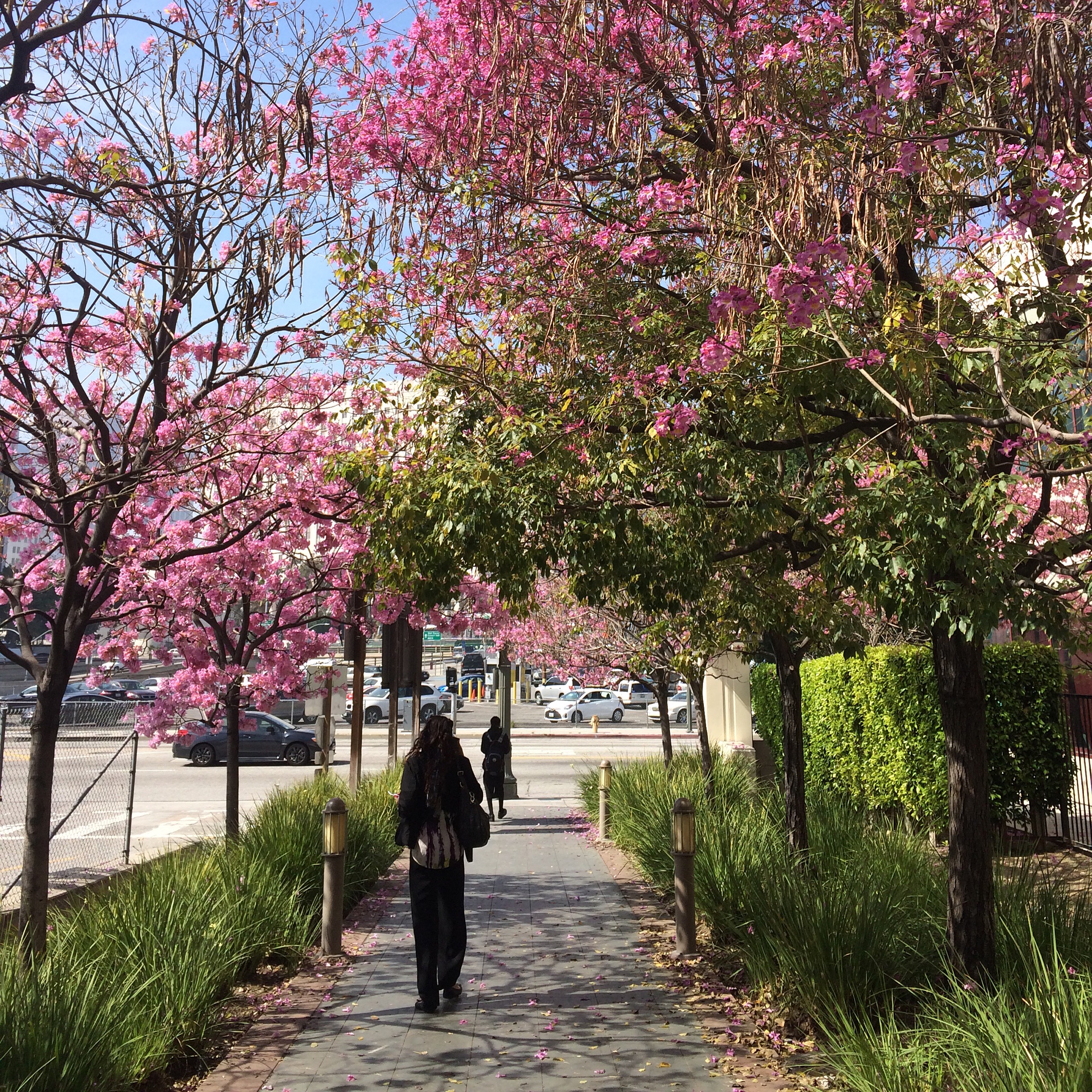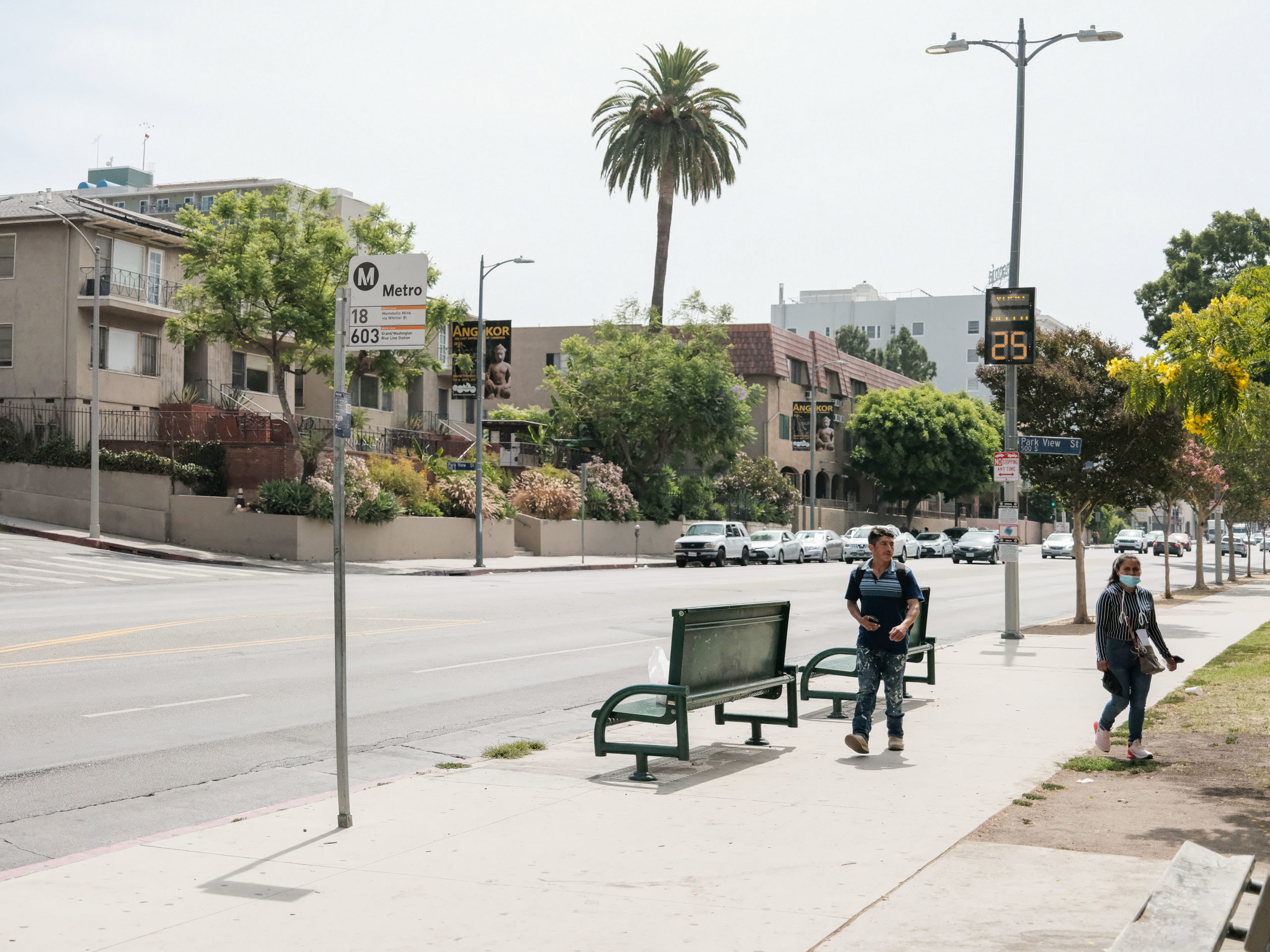Background: A key task of Metro’s Policy Advisory Council (PAC), established in early 2017, was to review, comment and provide input on the Draft Measure M Master Guidelines. And from the June 2017 adopted Measure M Guidelines came a commitment to develop the implementation procedures for ten key Measure M funding pots – eight of which the PAC was to review, comment and provide input (see Measure M Guidelines Administrative Procedures Commitments chart here). The remaining Measure M administrative procedures still to be developed with the PAC are:
– Transit Multi‐Year Subregional Programs
– Subregional Equity Program
– Metro 2% Active Transportation
– 2% System Connectivity Projects (Highway Construction Subfund)
– 2% System Connectivity Projects (Transit Construction Subfund)
– Countywide Bus Rapid Transit Expansion
This blog post is focused on Metro 2% Active Transportation – estimated to invest over $85 million dollars in the next five years in walking, rolling and bicycling investments. And it is important to note that a large majority of Measure M funding for Active Transportation is administered by the COGs in the Multiyear Subregional Programs.
—————————————————————————————————————————–
Developing the first regional fund for active transportation is no easy feat. Per Metro data, 87 percent of Metro Bus and 64 percent of Metro Rail customers arrive at their station or stop by walking, biking, or rolling. And so the Metro 2% Active Transportation Program (ATP) fund that could potentially be used for sidewalks, crosswalks, and Vision Zero is especially important. A strategic vision is essential to address these needs and leverage this new and critical regional funding (luckily Metro the Active Transportation Strategic Plan adopted in 2016!).
Metro’s last Policy Advisory Council (PAC) active transportation working group left many questions regarding how Metro currently funds our active transportation investments. It is important to note that before Measure M, less than 1% of all funding through Metro went to sidewalks, crosswalks, safe routes to school, bicycle lanes and other active transportation programs. Measure M funds are available to grow this long-needed investment across the region, ensuring our transportation system is accessible, safe, and dignified when people catch the bus and/or train. We want to know how the PAC can support a deliberate and equitable investment strategy.
Metro staff has now conducted two 2% ATP PAC work groups (April and July), presented multiple updates to the full PAC (March, May, and June), and shared how Measure M ATP 2% has been budgeted to date. It is Metro’s fiduciary responsibility to move investments forward, but we want to see these budgetary decisions clearly aligned with existing Metro policies (such as the Active Transportation Strategic Plan). We believe this will contribute to a more deliberate and meaningful investment strategy that will yield better transportation options for all.
In an effort to increase transparency and allow stakeholders to weigh in, CEO authorization of 2% ATP has been extended from its original timeline of June 2018 to later this Fall. This gives Metro and engaged stakeholders more time to address outstanding questions from PAC work group and full meetings:
Remaining PAC Working Group Key Questions
- What qualifies as a “regional priority?”
- How is funding being prioritized? How does Metro’s Equity Framework inform this program funding prioritization?
- What are the opportunities for Board staff/non-PAC members to weigh in on the ATP 2% guidelines?
- Metro Bike Share
- What is the total cost of Metro Bike Share Program?
- How has Metro Bike Share been funded in the past?
- If funding from Metro Bike Share is removed from Measure M ATP funding (OMB has $23 million going towards it in the next 5 years in their cash flow recommendations) what other funding can be leveraged to keep Metro’s Bike Share Program fully funded?
- Metro Bicycle and Pedestrian Programs
- What specific programs does this program include?
- How was it being paid for before?
Per Metro staff, they are still working on the following:
- How do allocations to projects/programs within the subfund get made (decision making process and transparency)?
- What are the specific eligibility requirements (especially related to capital/operations/programming)?
Metro staff set a goal to schedule an August 2% ATP PAC work group meeting to draft Measure M ATP 2% guidelines, which will then be presented at the September 11th Metro full PAC meeting. The Metro PAC will then have 30 days to review, comment and provide input.
In the meantime, we’d like to be proactive and have conversations with partners about what equitable and feasible guidelines they want to see for this fund. We invite interested folks to join our #JustGrowth conference call on August 28 at 11:30a to share their thoughts on how to best invest Measure M funding for first/last mile improvements, sidewalks, crosswalks, Vision Zero, and even Metro bus service, including dedicated bus lanes. To join the call or to learn more about getting involved, email me: amanda@investinginplace.org












You must be logged in to post a comment.